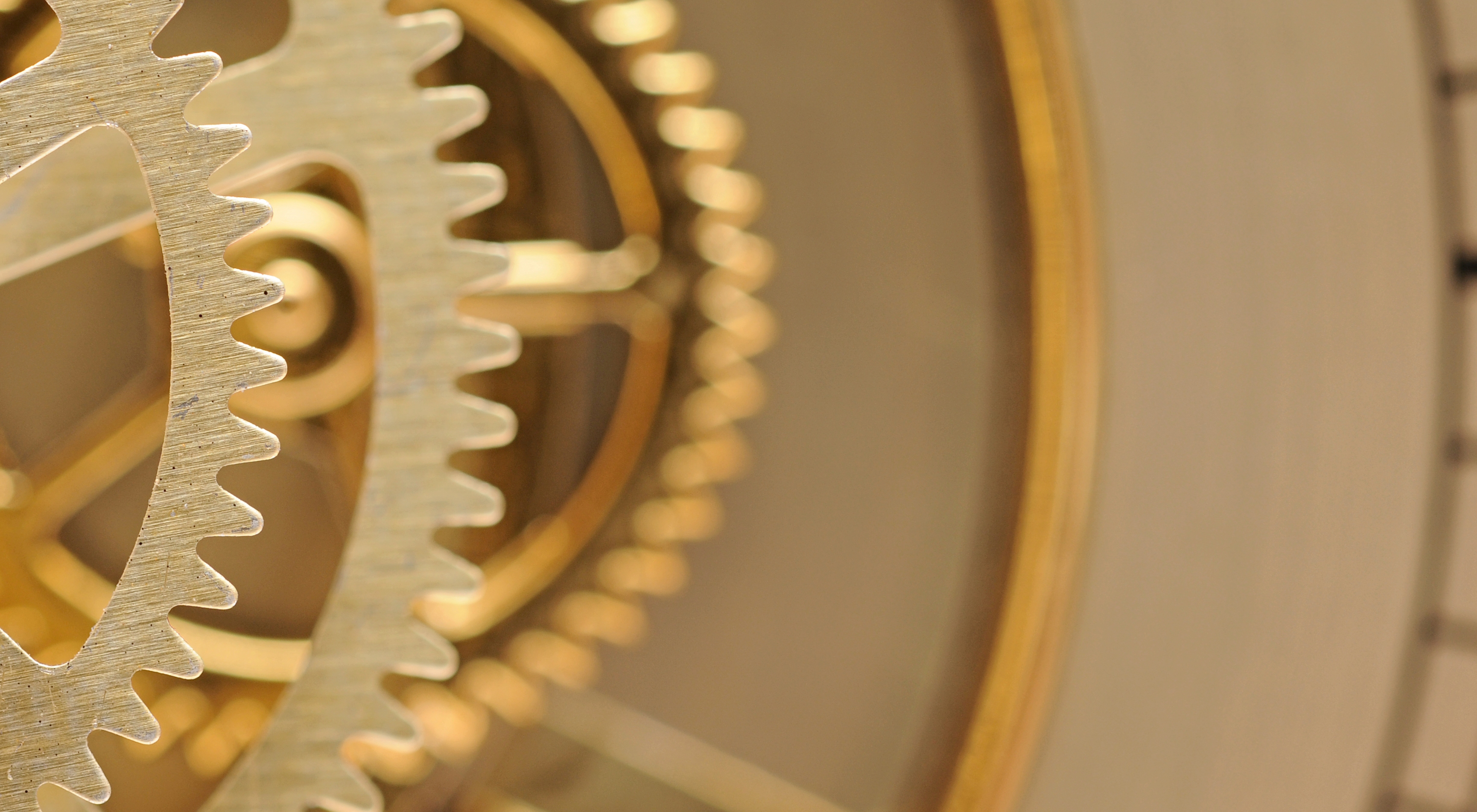
Bibliografie:
Physiology of circadian entrainment. Physiol Rev 90: 1063–1102. doi: 10.1152/physrev.00009.2009. pmid:20664079, RE (2010)
Abstract
Mammalian circadian rhythms are controlled by endogenous biological oscillators, including a master clock located in the hypothalamic suprachiasmatic nuclei (SCN). Since the period of this oscillation is of approximately 24 h, to keep synchrony with the environment, circadian rhythms need to be entrained daily by means of Zeitgeber („time giver“) signals, such as the light-dark cycle. Recent advances in the neurophysiology and molecular biology of circadian rhythmicity allow a better understanding of synchronization. In this review we cover several aspects of the mechanisms for photic entrainment of mammalian circadian rhythms, including retinal sensitivity to light by means of novel photopigments as well as circadian variations in the retina that contribute to the regulation of retinal physiology. Downstream from the retina, we examine retinohypothalamic communication through neurotransmitter (glutamate, aspartate, pituitary adenylate cyclase-activating polypeptide) interaction with SCN receptors and the resulting signal transduction pathways in suprachiasmatic neurons, as well as putative neuron-glia interactions. Finally, we describe and analyze clock gene expression and its importance in entrainment mechanisms, as well as circadian disorders or retinal diseases related to entrainment deficits, including experimental and clinical treatments.


